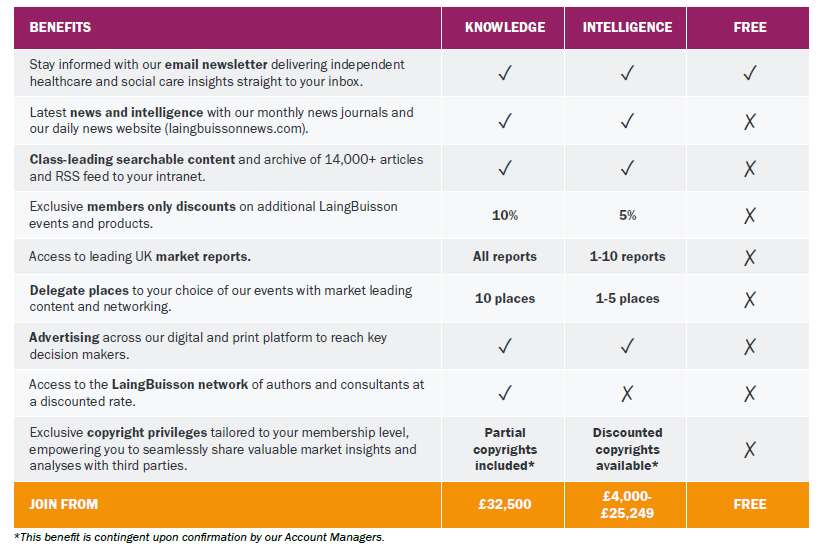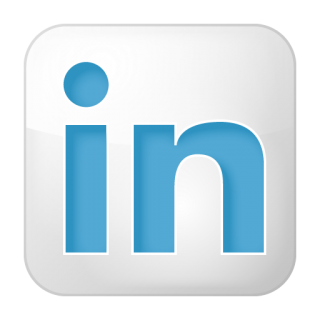Debunking the myths: an objective view of the international medical travel market
LaingBuisson has launched the first edition of its Medical Travel and Tourism Global Market Report.
The UK’s most trusted supplier of healthcare data, and approved provider of data on the independent healthcare sector to the UK government’s Office for National Statistics makes sense of a sector that has been subject to much exaggeration and mis-information.
Based on studies of outbound and inbound flows of people seeking treatment abroad, LaingBuisson estimates that the annual number of medical travellers worldwide amounts to 5.5 million and the value of medical travel expenditure is US$10-15 billion. The report and the accompanying online subscription package (IMTJ Country Profiles which includes the Medical Travel Directory database) also show that countries claiming leadership in the sector, are rarely among the leaders in this market.
Medical travel has grown exponentially during the 21st century. Cosmetic, fertility and dental treatments are among the most popular with medical travellers. The factors driving this upsurge in medical travel include the high cost of healthcare in industrialised nations; the ease and affordability of international travel; and improvements in technology and standards of care in many countries around the world.
It is not a sector without controversy. Ethical issues arise around the sale of organs for donation in poorer countries. Also, there are questions around people returning home with infections or creating burden on their domestic health services owing to complications resulting from surgery overseas. In addition, businesses promoting cures from unproven stem cell treatments is a hot topic.
Demand for medical treatment overseas continues to grow but flows are changing, meaning that potential destinations need to be realistic when planning potential income. Among the key trends identified by this report are that many medical tourists do not seek out the cheapest destination and the top three European destinations are also the most expensive. Also, one-time suppliers of medical travellers such as the US, China, Russia and the Gulf nations are now becoming key destinations.
Report author, Ian Youngman, said:
“This report sheds light on how medical travel and tourism works. It considers which countries are doing well and badly; who is going where and why; what treatments are they seeking; and how political, economic, social and technological changes are impacting the market. We also have a focus on how Brexit could affect cross-border healthcare from the UK. It cuts through the hype you frequently see on the websites of national authorities seeking to attract more patients; and it puts to rest statistics which, when you boil them down, suggest an incredible expenditure per head – a far cry from the pursuit of value for money that is often associated with medical travel.
“Alongside the report, we also offer a subscription to the constantly updated Medical Travel Directory. This is a unique database of country profiles giving a high-end overview of healthcare systems and services while also listing up to date statistics on population, healthcare workforce, healthcare expenditure, provision and activity and the values of both inbound and outbound medical tourism.”







